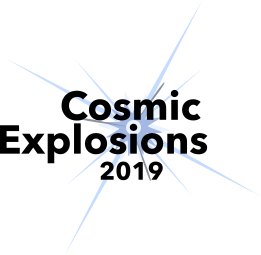Description
The binary neutron star inspiral signal GW170817 was a historical event and inaugurated the era of multi-messenger astronomy with gravitational waves. It was accompanied by electromagnetic counterparts, namely a kilonova, a weak and short gamma-ray burst and a long-lasting multi-wavelength afterglow. Altogether, these brought a wealth of information on the unraveling of the merger and strengthened the link between neutron star mergers and the short gamma-ray bursts. During the next science runs of the gravitational interferometer network, more such electromagnetic counterparts are expected. This talk will concern the population of mergers we expect to detect jointly in the gravitational wave and electromagnetic domains. We couple population methods to jet induced afterglow and kilonova models to describe the population of these counterparts to come. This allows us to explore the new insights they will provide on the formation of neutron star binaries, the environments of their mergers, the geometry of the ejectas therein and the physics of short gamma-ray bursts.

